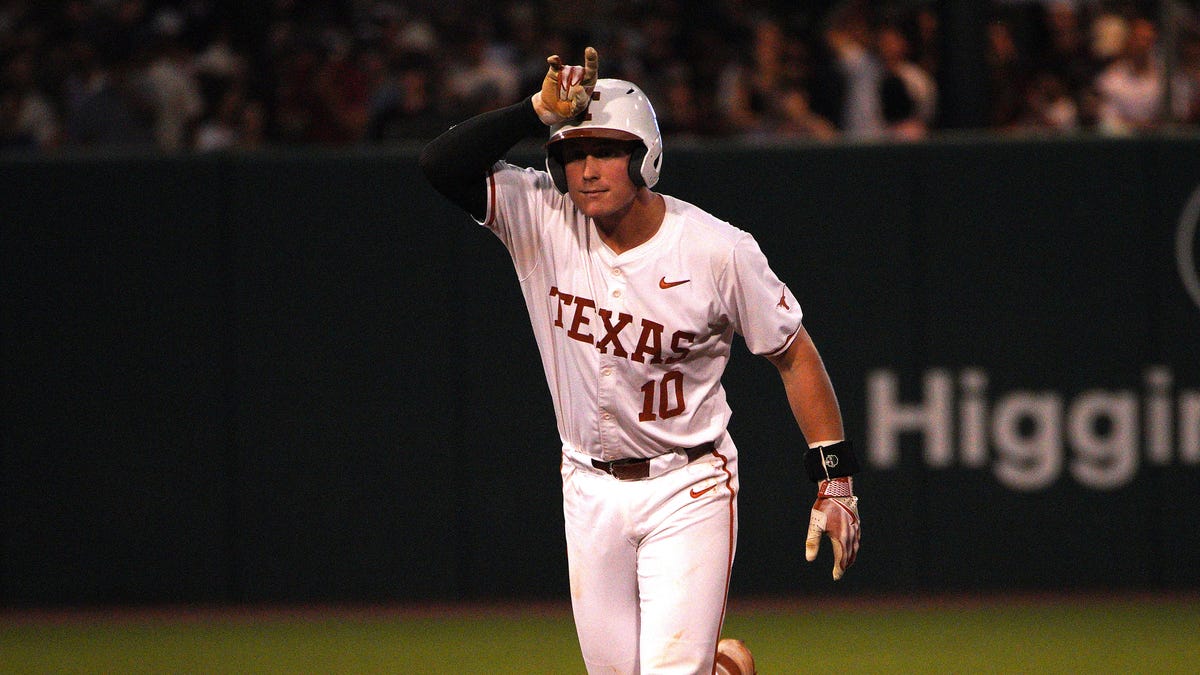Louisiana
Huskers ramp up their ground game with Haarberg and Grant in a 28-14 win over Louisiana Tech
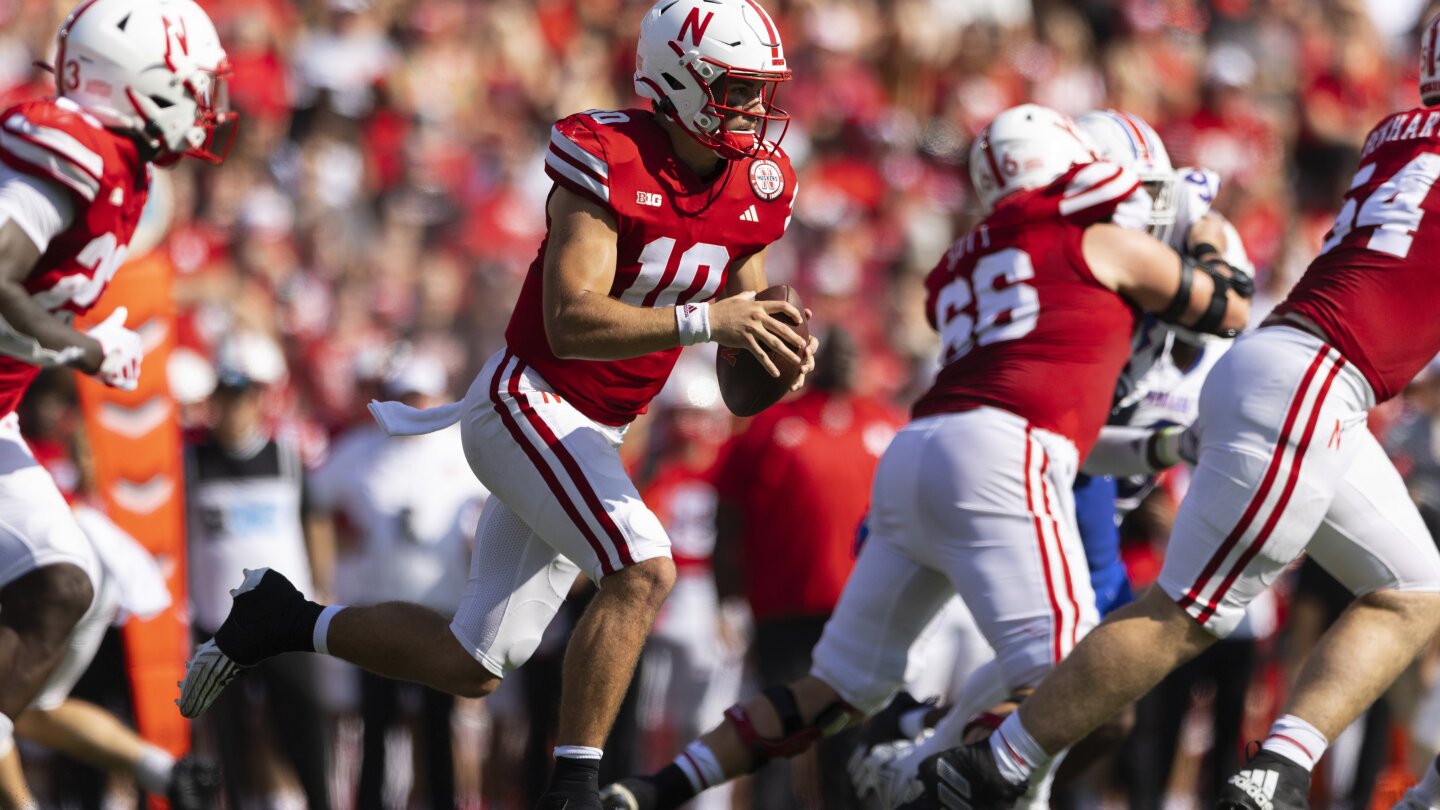
LINCOLN, Neb. (AP) — Heinrich Haarberg ran for 157 yards and a touchdown and Anthony Grant for 135 yards and a score to lead Nebraska past Louisiana Tech 28-14 on Saturday.
Haarberg, who started his second straight game at quarterback in place of Jeff Sims, worked in tandem with Grant as the primary ball-carriers in the absence of injured running backs Gabe Ervin Jr. and Rahmir Johnson.
The Cornhuskers (2-2) had four runs of at least 30 yards and finished with 312 yards on the ground and 419 total yards.
“It wasn’t our best game,” coach Matt Rhule said, “but any time we have (312) yards rushing we’re going to be excited about that. Some of the option plays were really good plays for us. The speed options allowed us to get on the perimeter. There’s still a lot of things to improve and clean up.”
Louisiana Tech (2-3) lost its 16th straight road game over four seasons.
For Nebraska, it’s apparent the quarterback run will have to be a big part of the offense regardless of who’s playing because of a lack of depth at receiver and a shortage of running backs.
Haarberg had two more carries (19) than pass attempts (17). Nebraska hadn’t had a quarterback run so many times since Adrian Martinez had 21 attempts against Michigan State two years ago. All but 10 of Haarberg’s rushing yards came on three carries totaling 147 yards, including a 72-yard TD.
“For me, I want to be confident in myself but also want my teammates to be confident in me, so I hope they look at me and see someone who went out there and battled to the end,” Haarberg said.
Grant, the Huskers’ leading rusher last season, was projected to be the starting running back in the preseason but he got limited carries the past two games following his critical fourth-quarter fumble in the season-opening loss at Minnesota.
A week after Ervin and Johnson went down with season-ending injuries against Northern Illinois, Grant had 22 carries and went over 100 yards for the sixth time in his career.
“I feel like this is my best game, despite everything,” Grant said. “I feel like there’s more in store for us, more in store for me.”
Louisiana Tech quarterback Jack Turner made the first start of his career in place of Hank Bachmeier, who injured his right (throwing) shoulder in the second half against North Texas last week.
Turner was 27 of 42 for 292 yards. Cyrus Allen had six catches for 102 yards and a touchdown and Smoke Harris caught 10 balls for 73 yards. Harris has at least one reception in 37 straight games.
Turner got no help from the running game that managed just 46 yards on 21 attempts.
“Offensively, it was a sloppy game to say the least,” Tech coach Sonny Cumbie said. “We had too many drops. We probably had more drops than we’ve had at any point during the season. Running the football, we knew it was going to be tough against one of the top run defenses in the country.”
Grant led the way on the tie-breaking touchdown drive to open the second half. He broke a 34-yard run down the right sideline and bounced off a tackler to pick up 19 yards on a fourth-and-1 before he bulled into the end zone from the 2.
The Huskers took control of the game on the first play of the fourth quarter when tight end Thomas Fidone II caught a short pass and turned it into a 29-yard touchdown.
The Bulldogs’ touchdowns came on Jacob Fields’ 14-yard run in the second quarter and on Turner’s 20-yard pass to Allen after a 55-minute delay in the fourth quarter because of lightning.
THE TAKEAWAY
Louisiana Tech: Turner missed on a couple first-half passes that could have been big plays but otherwise made no glaring errors. His lone interception came on a tipped ball in the final minute. The Bulldogs earned a $1.55 million guarantee for the game.
Nebraska: The Huskers have held four straight opponents under 60 rushing yards for the first time since 1999.
FAKE LEADS TO TD
A fake field goal on fourth and 4 from the Tech 19 set up Nebraska’s only touchdown in the first half. Holder Timmy Bleekrode took the snap and ran through the right side for 10 yards. Billy Kemp IV scored two plays later on a jet sweep.
“I was really happy for Timmy,” Rhule said. “He’s a guy who was the starting kicker (in 2022). He’s the backup kicker, backup holder, unbelievable team guy, great student. He had a chance to go affect the game and I thought that was one of those plays … that gave us some juice.”
UP NEXT
Louisiana Tech: visits UTEP next Saturday.
Nebraska: hosts No. 2 Michigan next Saturday.
___
AP college football: https://apnews.com/hub/college-football and https://apnews.com/hub/ap-top-25-college-football-poll

Louisiana
Louisiana jockey’s shocking shortcut leads straight to jail
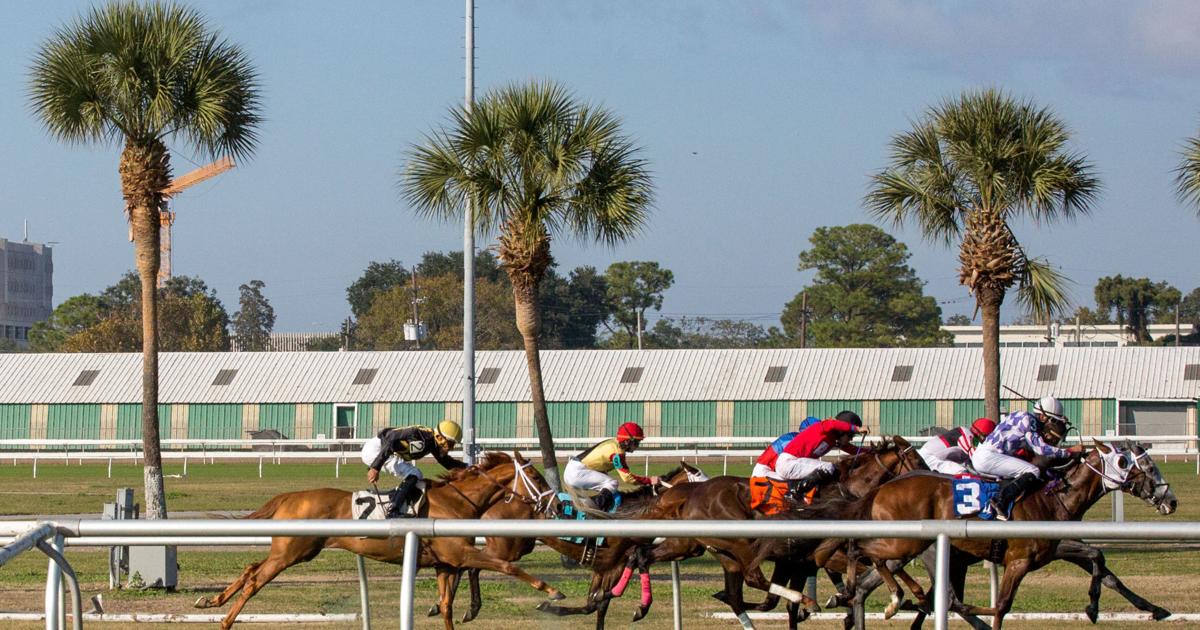
A racehorse jockey found himself fleeing State Police on Saturday as a result of an investigation into cheating allegations at the Delta Downs Racetrack and Casino near Lake Charles.
Detectives with the Louisiana State Police Gaming Enforcement Division were conducting post-race checks of each jockey when 41-year-old Ricardo Hernandez-Perez, of Vinton, bolted from the stables. During his brief escape attempt, the jockey removed a battery-operated shocking device from his clothing and tossed it into one of the horse stalls, State Police said.
Officers quickly apprehended Hernandez-Perez and booked him into the Calcasieu Correctional Center. He faces charges of unnatural stimulation of a horse. Louisiana law prohibits the possession or use of devices designed to unnaturally stimulate, depress, or excite a racehorse before or during a race. The law also extends to racetrack stables, sheds and other facilities where eligible horses are kept.
If convicted, Hernandez-Perez could face a fine ranging from $1,000 to $5,000 and a prison sentence of one to five years.
Louisiana
Berre, the Broadmoor Bear, taken to nature area by LDWF agents early Saturday
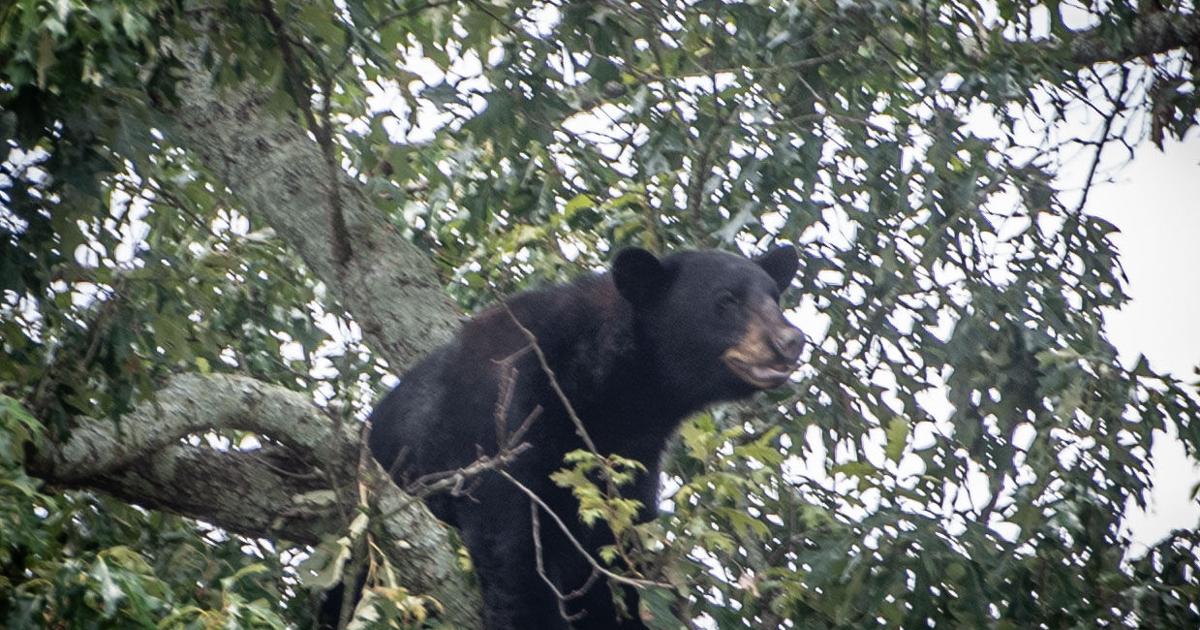
A bear that took up residence in a tree near Broadmoor Methodist Church for a day was finally returned to the woods Saturday by agents of the Louisiana Department of Wildlife and Fisheries.
“Hot bear summer 2025 has come to an end as LDWF biologists were able to safely sedate and relocate Mr. Broadmoor Bear or ‘Berre’ as the kids call him,” the department posted to Facebook.
Berre’s exit came around 2 a.m. Saturday, after biologists were able to tag him, and take blood and fur samples for testing.
According to LDWF, he was being released back to a “wildlife management area.”
The bear had ambled into the neighborhood along South Riveroaks Drive on Friday morning, then spent the day in a tree as LDWF agents waited below and onlookers watched from a safe distance.
Biologists with the Louisiana Department of Wildlife and Fisheries pose with ‘Berre,’ the Broadmoor Church bear, after he was successfully sedated.
John Hanks, LDWF’s large carnivore program manager, said bears sighted in the area are usually adolescents looking for a place to establish a home range. A bear was spotted earlier this week in Central, and a third sighting came in Zachary in April.
Hanks had predicted that the bear would try to leave from his tree perch once the pressure of onlookers had passed. Often, when bears wander from bayous or woodlots into a city they are able to find their way back out, and only about 25% of the time does LDWF need to capture them.
Staff at the church’s preschool summer camp said children were never in danger and spent Friday indoors.
Louisiana
New noninvasive heart surgery saves New Orleans twins. They graduated Kindergarten in May.
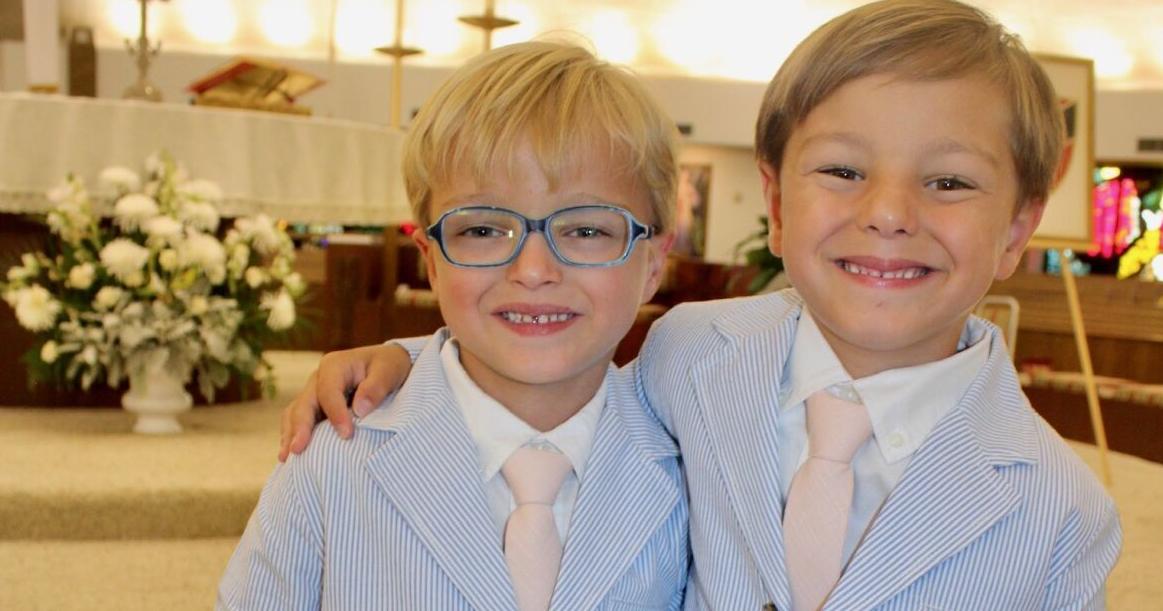
Ashley Lane gave birth in July of 2019 to twins 17 weeks before her due date.
Both boys had patent ductus arteriosus, or PDA, a congenital heart defect where a blood vessel that allows blood to bypass the lungs in the womb, fails to close after birth — along with other health concerns like lung damage.
“With being so premature,” Lane said. “There were so many what-ifs and question marks and things in the air of what would be wrong with them.”
The Metairie family waited three weeks for the holes in their children’s hearts to heal on their own.
They did not.
Then, the family met with Dr. Ivory Crittendon, a pediatric cardiologist and the co-chief of pediatric cardiology at Ochsner Medical Complex in New Orleans.
Crittendon wanted to try a new FDA-approved method and device, the Amplatzer Piccolo Occluder, to close the twins’ hearts using a catheter in the leg.
The Lane family said yes.
“That first day with Dr. Crittendon set the tone for our whole story. We definitely had such a sense of peace,” Lane said. “When your kids are born that young, and everything that you planned was totally out of your control, and you had to learn to let go very, very, very quickly and trust strangers with your most prized possession, it’s very vulnerable.”
One week later, the twins were taken into back-to-back procedures as among of the first patients in Louisiana to receive treatment.
The previous treatment for PDAs was to perform open-heart surgery, where the doctor would create an incision along the side of the body and crack the chest of the child.
“I think there’s been enough data through all the years to prove that open-heart surgery probably wasn’t the best form of PDA closures,” Crittendon said. “Because a lot of kids struggled for a number of reasons afterwards.”
PDAs are more common in premature babies than mature babies, according to Crittendon. The more mature a child is born, the more likely the hole in the blood vessel is to close on its own.
In this new procedure, Crittendon and his team at Ochsner insert a catheter into the leg of an infant as small as 700 grams (the twins were 770g and 817g at the time of the surgery). Then, through the catheter tube, the surgeon places a device that will facilitate tissue to grow around the hole in the heart.
“It starts the natural process of the PDA closing,” Crittendon said. “It basically augments that process and tissues, sort of envelops around the device and closes the PDA on both sides.”
According to the Crittendon, the most impactful part of the noninvasive procedure is that the recovery time is exponentially higher for the very small, vulnerable patients.
“We take out that hollow tube and take out that small IV and just leave a Band-Aid on the leg,” Crittendon said. “And there’s really no real recovery from the procedure, which is the best part.”
The Lane twins’ hearts have since grown over the devices, and, after five years of checkups, they have gotten their approval from Crittendon to wait another three years for their next visit with the doctors. They both graduated kindergarten in May.
According to Lane, the twins are doing every sport they can get their hands on — soccer just ended, and they are looking to pick up baseball this summer.
“We know that there are so many babies out there that are not as fortunate, and families that are not as fortunate to have this procedure,” Lane said. “This is their second time around playing all these sports. They are really getting the hang of it and enjoying their sporting activities and being competitive against each other as twins.”
Treating patients in the future
The team of physicians, nurses and anesthesiologists that performs the new Piccolo procedure is based at Ochsner Children’s Hospital in New Orleans.
While the team has made moves to travel between hospitals within New Orleans to perform the live-saving procedure, they have also transported patients from around the state and Mississippi for treatment.
“That’s something that we’ve been proud of that we’ve been able to do,” Crittendon said. “However, we’ve sort of led the nation on trying to bring the therapy to the babies, rather than transporting them.”
Going forward, the team hopes to expand their ability to perform the procedure to patients outside of New Orleans, to hospitals within the health system across the state.
-
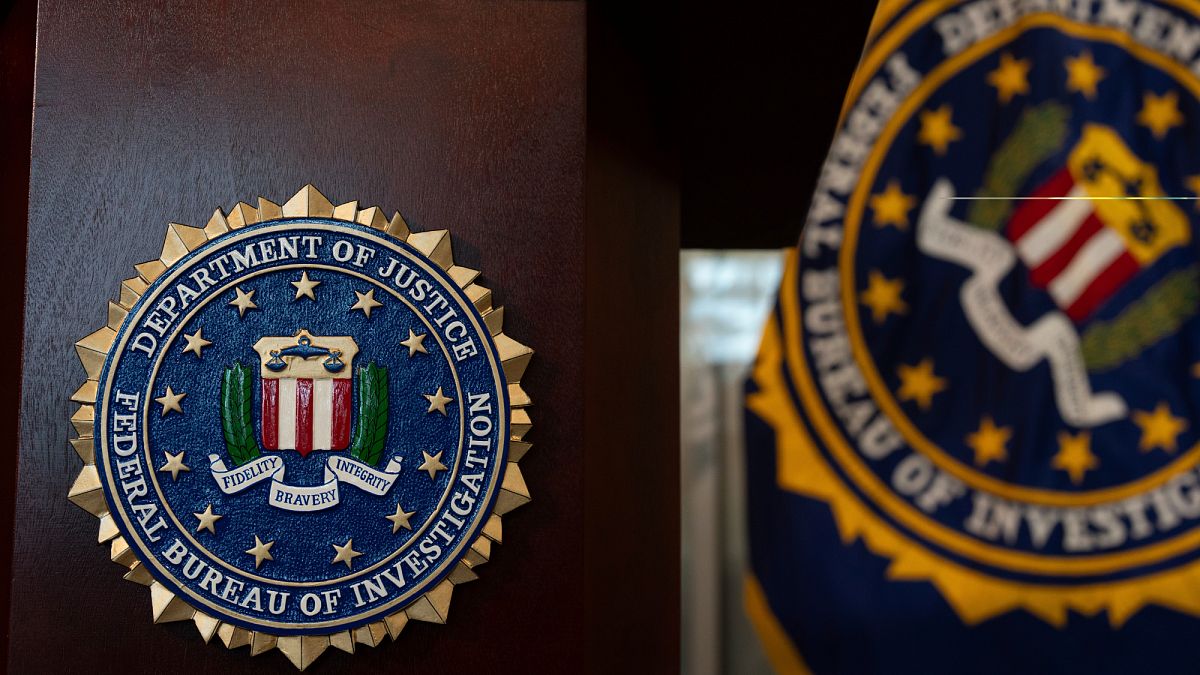
 World1 week ago
World1 week agoNeo-Nazi cult leader extradited to US for plot to kill Jewish children
-

 Business1 week ago
Business1 week agoPlastic Spoons, Umbrellas, Violins: A Guide to What Americans Buy From China
-

 World1 week ago
World1 week agoCade Cunningham Gains $45 Million From All-NBA Honors
-

 Movie Reviews7 days ago
Movie Reviews7 days agoMOVIE REVIEW – Mission: Impossible 8 has Tom Cruise facing his final reckoning
-

 Education1 week ago
Education1 week agoVideo: Judge Blocks Trump Move to Ban Foreign Students at Harvard
-

 Movie Reviews1 week ago
Movie Reviews1 week ago‘Magellan’ Review: Gael Garcia Bernal Plays the Famous Explorer in Lav Diaz’s Exquisitely Shot Challenge of an Arthouse Epic
-

 Movie Reviews1 week ago
Movie Reviews1 week agoKapkapiii movie review: Horror-comedy signals a saturation point for the genre
-
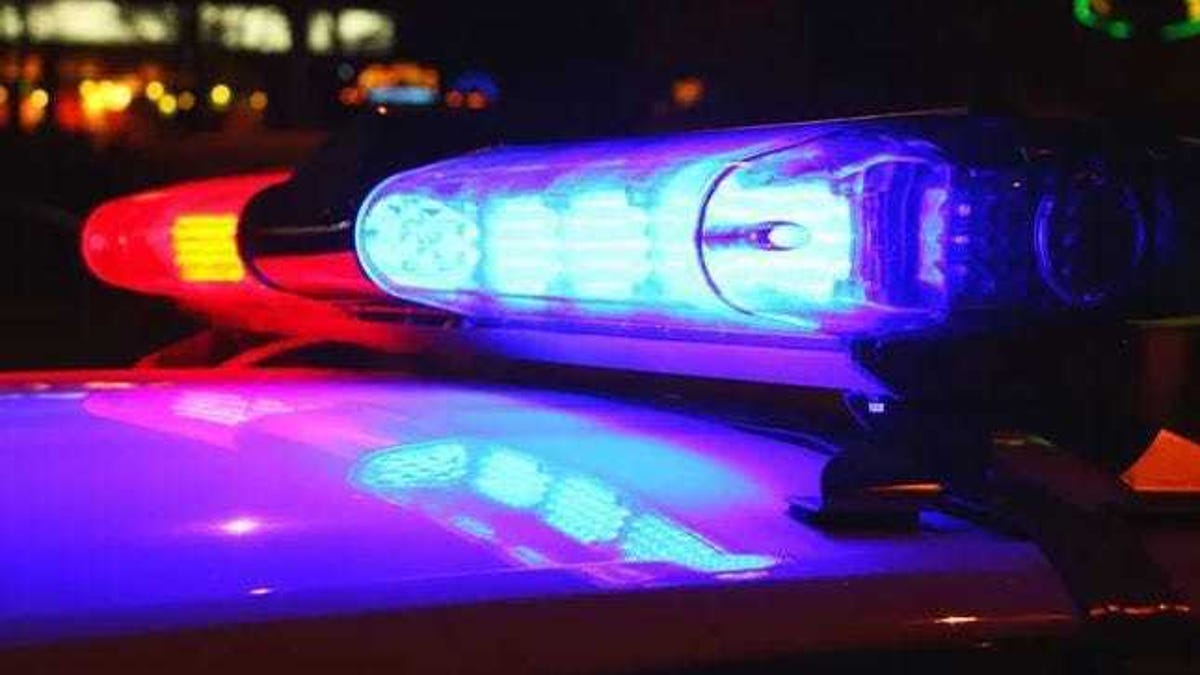
 Rhode Island1 week ago
Rhode Island1 week agoAssessors find ‘nonconformities’ with national standards at RI Crime Lab. What to know.



